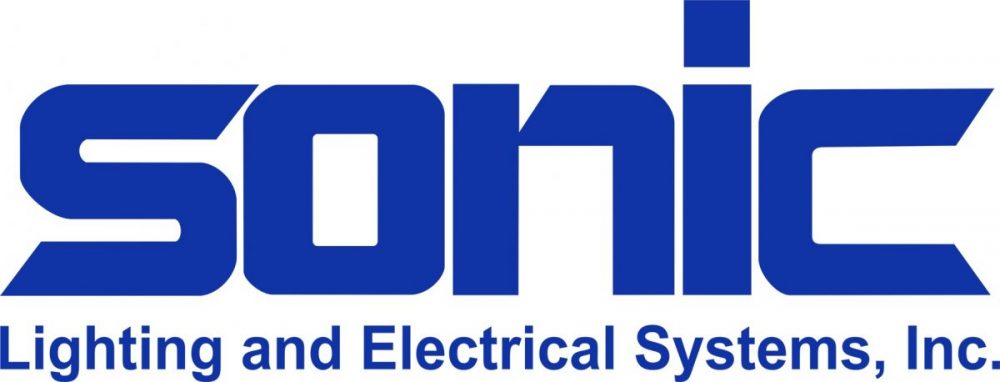The light bulb that has lit up our homes since the 1800s is officially on its way out. The inefficient incandescent, which loses most of its energy as heat, has fallen out of favor with the financially and ecologically concerned; starting in 2012, U.S. residents won’t be able to buy one even if they want to [source: Linden]. The government is taking the little energy suckers off the market.
The prime replacement for the incandescent light bulb is the higher-efficiency compact fluorescent, or CFL. The CFL, though, has its own problems, primarily the inclusion of toxic mercury in the design and a strange, sometimes unpleasant color that even gives some people headaches.
Enter the LED, or light-emitting diode. LEDs have been around for many years — they light up digital clocks, Christmas lights, flashlights and traffic signals, and they tell you when you’ve got a new voicemail message on your cell phone. But as far as household lighting goes, LEDs have never really taken off. Certain drawbacks have kept companies from manufacturing them in standard, replacement-size light bulb form.
In the last few years, though, these LED replacement bulbs, the kind you just screw into a lamp like you do an incandescent bulb, have become much more common — which is to say a fair number of businesses and a handful of households are using them.
In some ways, LED light bulbs are a perfect technology. But they still have a way to go before they become the higher-efficiency bulb of choice. In this article, we’ll find out why. We’ll look into how they work, why they’re a desirable lighting choice, and what will have to change before the rest of us start using them in our bedside lamps.
Let’s begin with the basics: How does an LED produce light?
LED Light Bulb Basics
An LED is what’s called a “solid-state lighting” technology, or SSL. Basically, instead of emitting light from a vacuum (as in an incandescent bulb) or a gas (as in a CFL), an SSL emits light from a piece of solid matter. In the case of a traditional LED, that piece of matter is a semiconductor.
Stated very simply, an LED produces light when electrons move around within its semiconductor structure.
A semiconductor is made of a positively charged and a negatively charged component. The positive layer has “holes” — openings for electrons; the negative layer has free electrons floating around in it. When an electric charge strikes the semiconductor, it activates the flow of electrons from the negative to the positive layer. Those excited electrons emit light as they flow into the positively charged holes. (For a complete explanation, see How Light Emitting Diodes Work.)
The problem with LEDs as primary home lighting is that while they emit a lot of light, the structure of an LED causes some of that light to get trapped inside. So an LED bulb has traditionally been dimmer than an incandescent bulb, and most people want their lamps and ceiling fixtures to be pretty bright.
Recently, though, LEDs bulbs have brightened up. You can now find LED replacement bulbs that emit light equivalent to a 60-watt incandescent light bulb, which makes them a viable technology for basic lighting needs at home.
And in some ways, they’re much more than viable: An LED replacement light bulb called GeoBulb emits 60-watt equivalent light using 7.5 watts of power [source: Sundance].
And in other ways, less than viable: A 60-watt-equivalent LED bulb costs about $100.
Which brings us to the pros and cons of LED light bulbs.
Advantages of LED Light Bulbs
While you won’t find LEDs in too many household lighting fixtures these days, there are a couple of good reasons to want them there in greater numbers.
First, there’s the reduced energy use. The LED method of producing light loses far less energy to heat than do other lighting technologies. It’s dramatically more efficient than the vacuum/filament method used in incandescent bulbs — sometimes around 85 percent more efficient; and it’s even about 5 percent more efficient than the CFL’s plasma-tube approach [source:Taub].
A single light fixture stocked with a 60-watt incandescent bulb consumes about 525 kWh of electricity in a year; put a GeoBulb LED bulb in that light fixture, and the annual energy use is more like 65 kWh [source: Sundance]. The annual CO2 reduction is in the hundreds of pounds for a single lamp.
But energy-efficiency is just part of the story. The other part is time-efficiency: You could go 20 years without having to change an LED light bulb. Solid-state lights like LEDs are more stable light sources than incandescent or fluorescent bulbs, and the difference is startling: A typical incandescent bulb lasts about 750 hours; a Geobulb lasts 30,000 hours [source: Sundance].
Some LED bulbs last up to 50,000 hours [source: Linden].
Because of that time benefit, things get a bit more muddled when you get into the cost issue. A 60-watt LED replacement bulb runs in the area of $100, and even the lower-output versions, used for things like spot lighting, will cost between $40 and $80. That’s compared to a $1 incandescent and a $2 fluorescent bulb.
The reality is, even at $100 for a single bulb, LEDs will end up saving money in the long run, because you only need one every decade or two and you spend less money on home lighting, which can account for about 7 percent of your electric bill [source:Greener Choices]. But the upfront cost is still pretty prohibitive. Lots of people simply can’t spend a thousand dollars for 10 light bulbs.
The other primary LED issue — degradation in the color of the light to something bluish — has been solved in newer models. LEDs can produce the same soft, white light as a regular bulb. (Although Energy Star does recommend looking for the Energy Star label when shopping for LED bulbs, since the organization tests for color stability as part of its certification criteria.)
So price is really the only problem with LED light bulbs right now. But that could change pretty soon.
Concerns about LED Light Bulbs
LEDs are poised to take over household lighting. Or so believe lots of research scientists and some big lighting companies. Philips, for one, has stopped putting money into research and development of fluorescent technologies and is now putting all of its energy into LEDs [source:Taub]. General Electric devotes half its R&D budget to solid-state lighting [source: GE].
If you look at what the scientists are saying about LEDs, the picture does look pretty rosy. Breakthroughs are popping up at a breakneck pace. Two recent developments are predicting a major price reduction in the high-efficiency, long-lasting bulbs.
One has to do with the light-loss issue in bulb design. One way to release more of an LED’s light is to put microscopic holes in the casing. The problem is that making all of those holes is time-consuming and expensive. A team of researchers at the University of Glasgow in Scotland has found a new way to do it, though. They’ve found that using a nano-imprint lithography technique can reduce the time and expense of putting billions of holes in tiny LEDs.
Another team of scientists, this one at the University of Cambridge in England, approached the issue from the supply side. They’ve found a new, less-expensive way to create gallium-nitride semiconductor material, a common basis of LED lighting. At present, gallium-nitride semiconductors are grown on expensive sapphire wafers. The new way uses silicon wafers and affects a dramatic reduction in manufacturing cost for the LEDs.
And what’s more, these new gallium-nitride-based bulbs are rated at 100,000 hours, are three times more efficient than CFLs, and should cost less than $3 a piece [source: Evans]. Gallium-nitride LED light bulbs could be on the market by 2012.
The lighting industry in general expects LED costs to come down quickly. Lighting Science Group, a company that develops and manufactures LED lighting, estimates a 50 percent price reduction within two years [source: Linden]. Businesses, which have much more extreme lighting expenses and so can recoup upfront bulb expenditures very quickly, will likely flock to LEDs with that kind of price drop. However, homeowners may wait until the bulbs hit the $3 mark the Cambridge researchers are aiming for.




